Blog
MagAO at 2016 SPIE Astronomical Telescopes & Instrumentation
MagAO is at the SPIE Astronomical Telescopes and Instrumentation conference in Edinburgh, Scotland this week. Instrumentation-astronomers from around the world are gathered here to talk science and engineering. The talks feature everything from detector technology, high-speed computing, and telescope operations to gravitational waves and extrasolar planets.

My talk about MagAO was the first one of the conference:
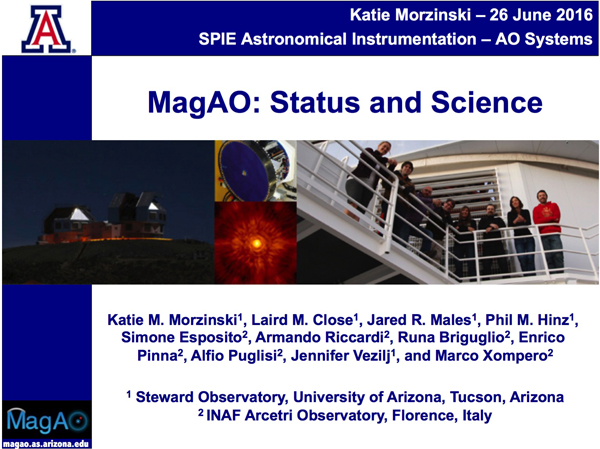
Jared had two posters:
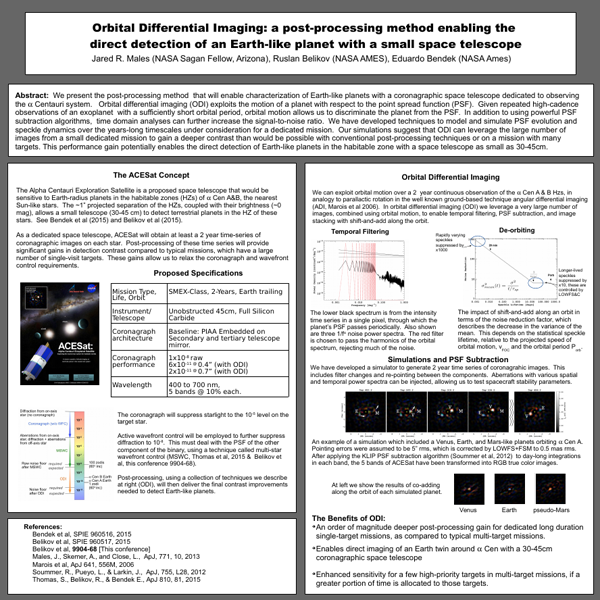
This one is about MagAO-2k and MagAO-X:
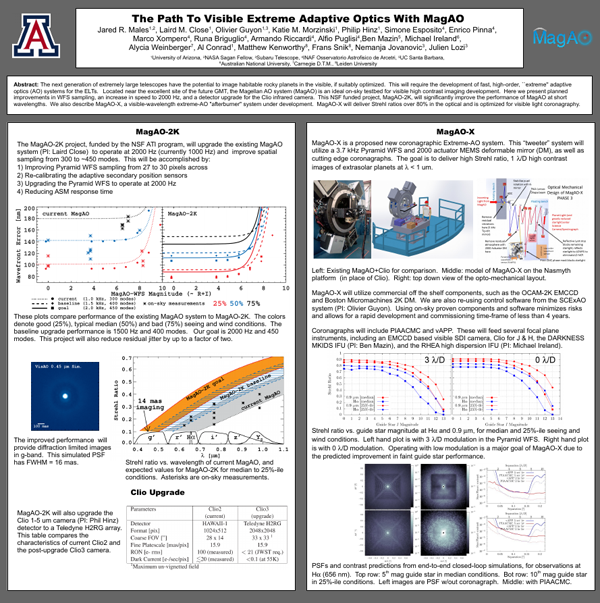
And Enrico had one:
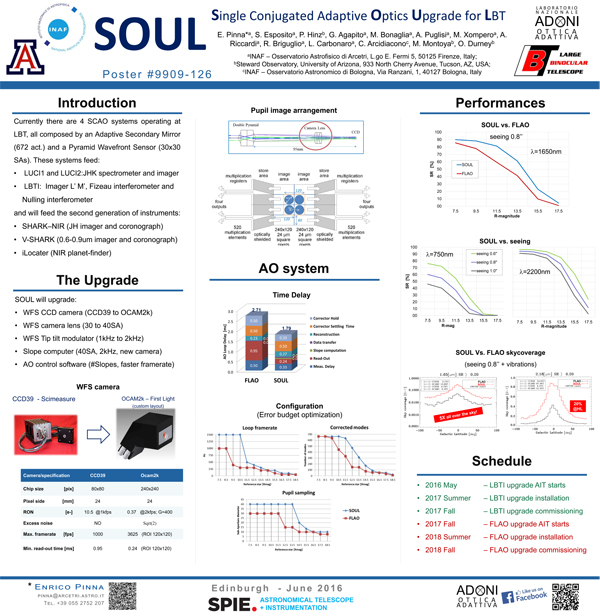
Laird gave an invited talk about visible-light AO:
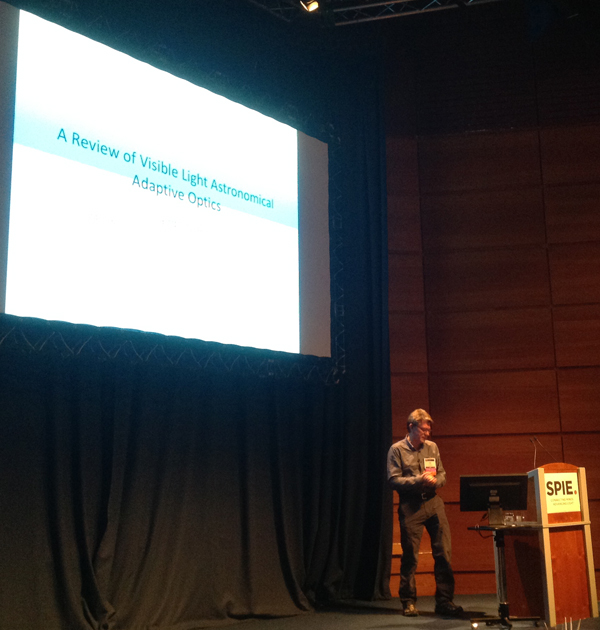
And Armando about the new AO system for the VLT:
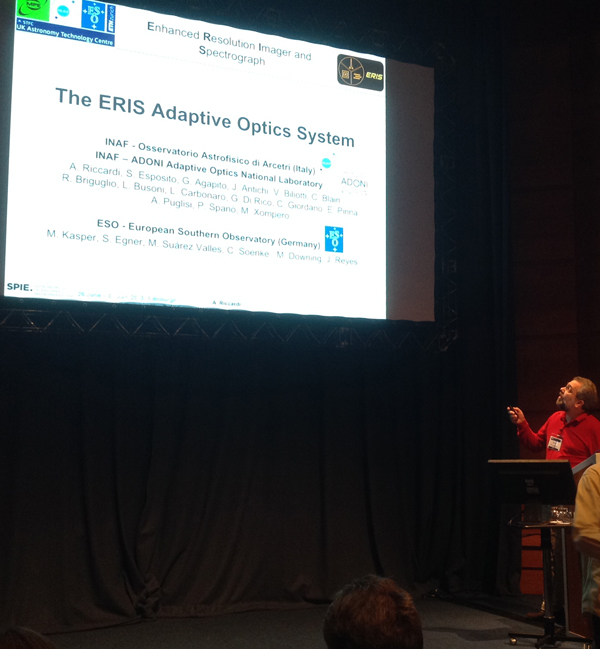
We took the opportunity of all being in the same place to plan our MagAO upgrade to 2 kilohertz, called MagAO-2k.
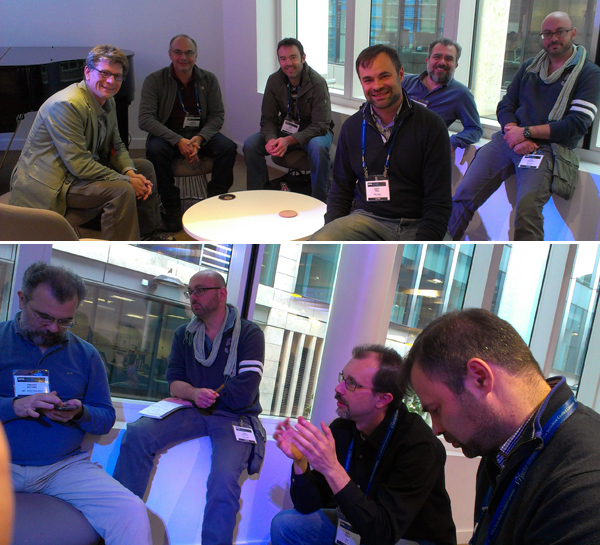
Some more pictures from around the conference:
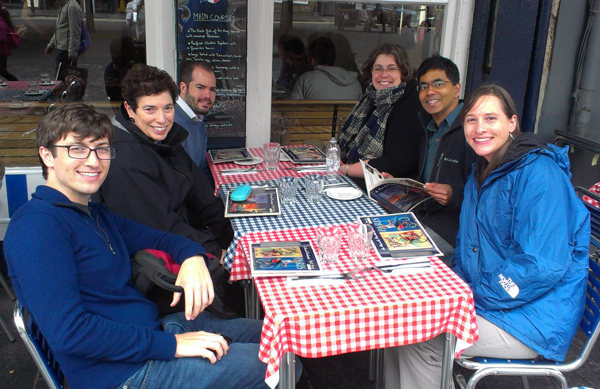
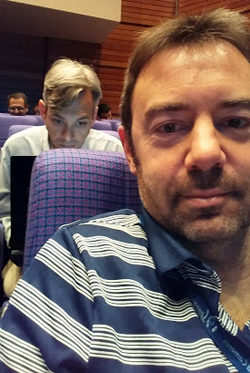
UA grad student Asher Baltzell gave a talk in the Cyberinfrastructure section about his work creating a cloud-computing software package to detect exoplanets in MagAO data. This work was featured in this video by Cyverse:
Finally, check out the SPIE post about the conference here. Look for me, Asher, and MagAO in there!
2016B Engineering Only
Just a quick reminder for MagAO users who may be considering submitting a telescope proposal in the near future: MagAO will not be available for general use in the 2016B semester. The system will be on the telescope during the semester, but for engineering work only. This work includes recalibration, and installation of the MagAO-2K upgrades: more modes controlled, faster speed (up to 2000 Hz), and installation and commissioning of a new detector for Clio.
2016A: Home
We all made it home safely. Carefully packing my purse the first time I left the house, I remembered my keys and phone… but forgot my wallet — oh yeah, you need money to acquire goods in the non-mountain economy! At least I remembered I DIDN’T need my flashlight.

This 3-song mashup is so beautiful that my head fills in the other 2 songs when I hear 1 of the songs on the radio:
2016A Day 22: Keep On Turning
Our last day at LCO (this time) was a critter filled day.
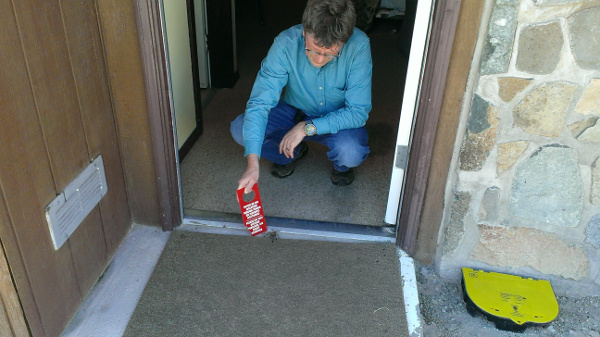

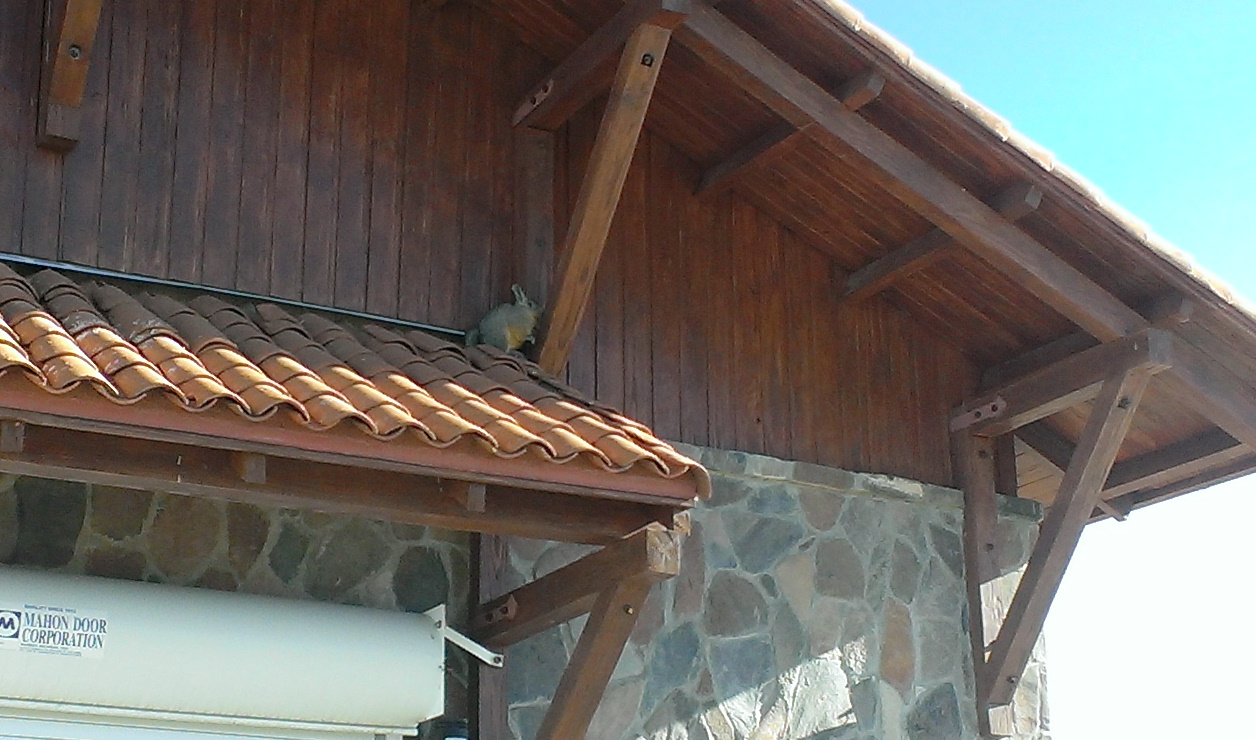
The Guanaco herd, complete with youngun, made an appearance. The pictures didn’t turn out though.
Today we packed up a lot of stuff.
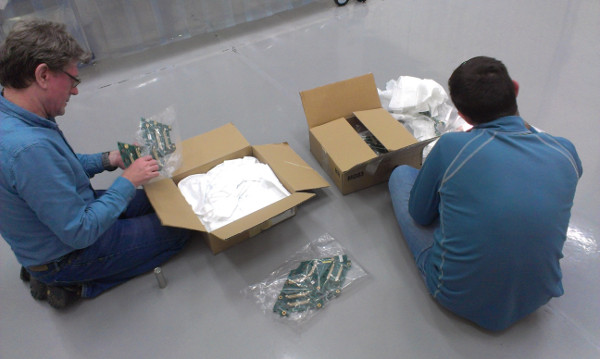
Some things were more carefully packed than others.
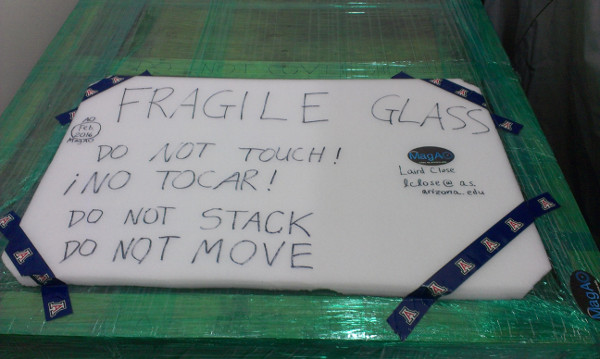
So long LCO. See you next time.
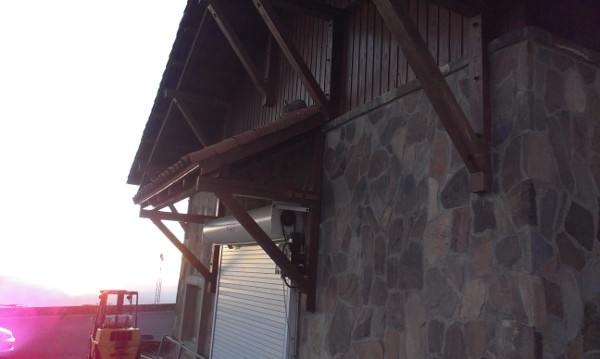
Made of Silver. Once.